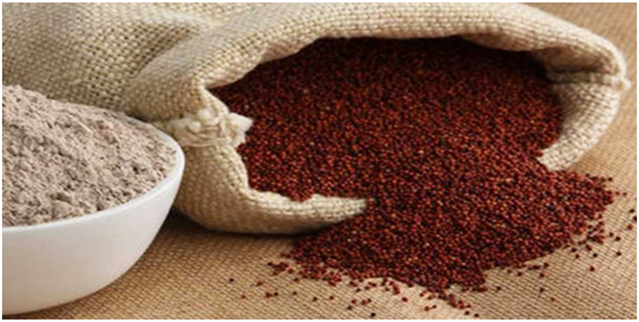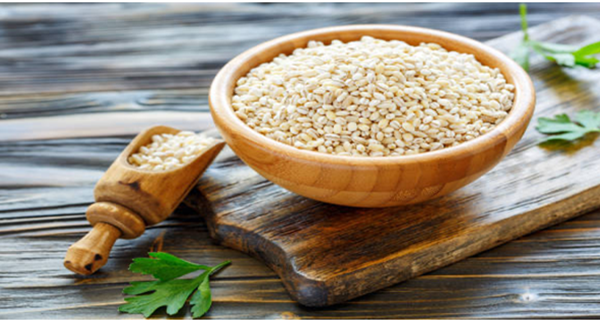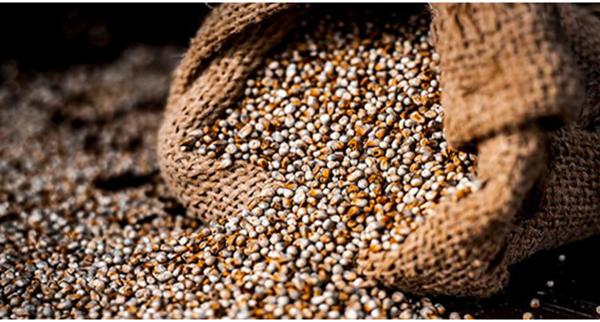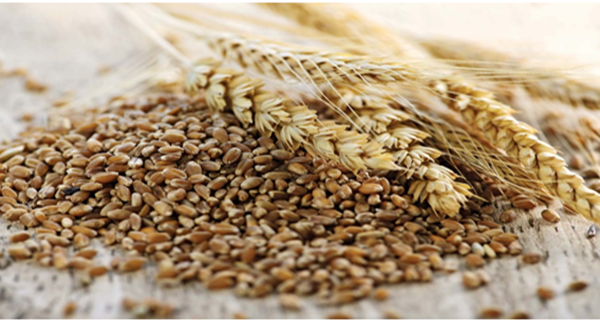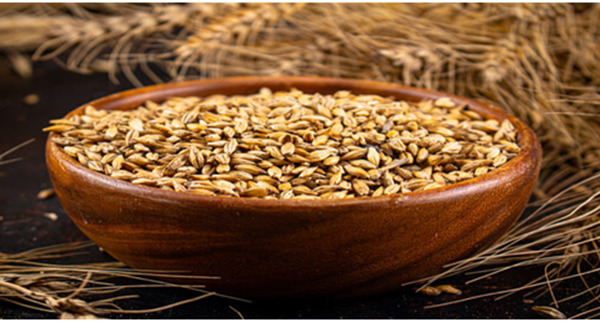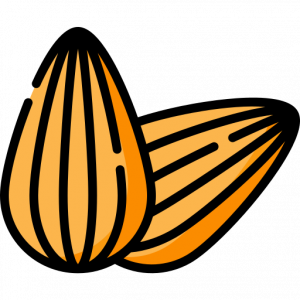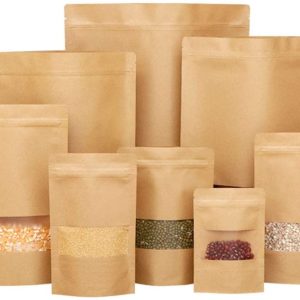Description
Finger Millet, also known as Ragi is an important millet grown extensively in various regions of India. It ranks sixth in production after wheat, rice, maize, sorghum and bajra in India. In India, ragi (finger millet) is mostly grown in Karnataka, and to a limited extent in Andhra Pradesh, Tamil Nadu, Odisha, Maharashtra, Uttarakhand and Goa.
Considered one of the most nutritious cereals, it contains about 5–8% protein, 1–2% ether extractives, 65–75% carbohydrates, 15–20% dietary fiber and 2.5–3.5% minerals. Of all the cereals and millets, finger millet has the highest amount of calcium (344mg%) and potassium (408mg%). The cereal has low fat content (1.3%) and contains mainly unsaturated fat. 100 grams of Finger millet has roughly on an average of 336 KCal of energy in them. Being non-glutinous, finger millet is safe for people suffering from gluten allergy and celiac disease. It is non-acid forming, and hence easy to digest. Finger millet is rich in amino acids (Tryptophan, Threonine, Valine, Isoleucine and Methionoine). Due to their nutritional value, they have therefore received attention for their potential role as functional foods.
Ragi is exported to over 57 countries . In the year 2020-2021 (Apr-Nov), India has exported Ragi worth of 5.12 USD million. The total volume of export in 2020-2021 (Apr-Nov) was around 14819770 MT.
INGREDIENTS
| Nutrients | Calories 366 Carbs – 70.7g Fiber – 12.2g |
| Minerals | Copper Magnesium Potassium Phosphorous Manganese Zinc Selenium |
| Protein | 12.2g |
| Fats | 3.7g |


